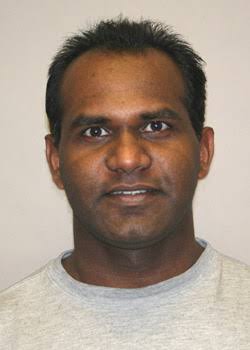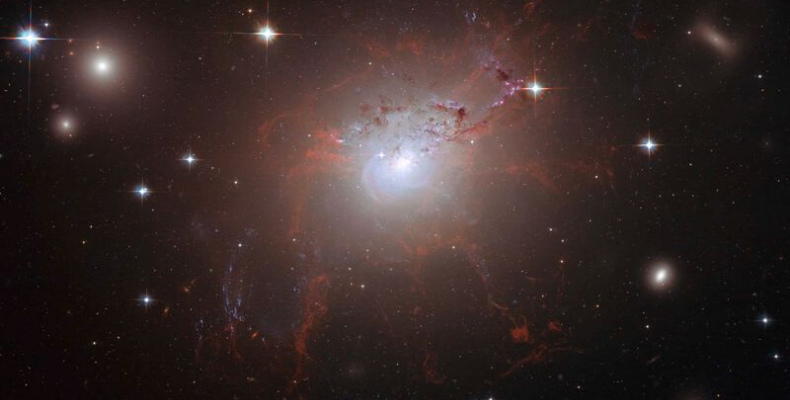It’s not uncommon for us to look up at the night sky, and wonder what lies beyond. Billions of stars staring back at us, celestial bodies that all converge to create one of life’s greatest mysteries. For thousands of years, scientists have tried to figure out what lies beyond the farthest reaches of space, and where many have succeeded, they have found secrets beyond our comprehension. One of these scientists making one such breakthrough in space science exploration is Dr Vithal Tilvi, a Goan astronomer who along with his team has discovered a never-before-seen group of galaxies which is the farthest group of galaxies to have ever been sighted.
 A starstruck Goan
A starstruck Goan
Born in Goa, Dr Vithal Tilvi did his post-graduation at Goa University before moving to the US to do his further studies in Michigan. After working with the Mitchell Institute of Fundamental Physics and Astronomy at Texas A&M University, he is now the project leader for a NASA funded project to study a black hole that he discovered back in 2017, using observations taken by the Hubble Space Telescope. He is also part of NASA’s Wide-Field Infrared Survey Telescope (WFIRST) team, which is going to be launched in 2025. Currently, Dr Tilvi is a visiting researcher at the School of Earth and Space Exploration at the Arizona State University, while contributing to the State Higher Council of the Government of Goa as a professor of research, development, and innovation.
A discovery 13 billion light-years in the making
Dr Tilvi’s earliest discovery was back in 2013 when he discovered the farthest single galaxy ever sighted by astronomers. After four years of research, the Goan astronomer and his team discovered that in fact, there is an entire group of galaxies. This new group of galaxies named EGS77, is estimated to be over 13 billion light-years away from earth. What makes the discovery so significant is the fact that this group of galaxies will help researchers study just how the universe was born by studying the chemicals present, given that EGS77 is still in its infancy.
Dr Tilvi in an exclusive with Gauree Malkarnekar of the Times of India said, “As we look farther and farther, we are looking back in time. This is because, the starlight which carries information about the galaxy group, is reaching the Earth now, after travelling for 13 billion years.” A colleague of Dr Tilvi’s, James Rhoads said, “Usually, it is difficult to see galaxies as far as EGS77 because of the presence of neutral hydrogen fog in the Universe, which blocks some of the galaxy light.”
Understanding the significance of the furthest galaxy in the universe
While explaining the significance of the discovery, the Goan astronomer Dr Tilvi said, “intense heat from these same galaxies clears the surrounding hydrogen fog, allowing galaxy light to travel freely to the Earth. Galaxies and galaxy groups such as EGS77 must have cleared all the hydrogen fog, leading to the transition from opaque to a transparent universe that we see today.” He went on to say, “This is a tremendous achievement and will advance our knowledge about how the Universe evolved.”
The research findings on EGS77 were presented for the first time on January 5 at the American Astronomical Society conference in Hawaii. The location of the galaxy puts it at the very edge of what can be observed from the earth using the very best of current technology, vis a vis, the Hubble Space Telescope. Dr Tilvi posited that in a year and a half, with the launch of the James Webb Telescope which is much larger than Hubble, they will be able to better study galaxies such as EGS77 and potentially others.
What do you think of this groundbreaking new discovery by Dr Vithal Tilvi? Let us know in the comments below.


